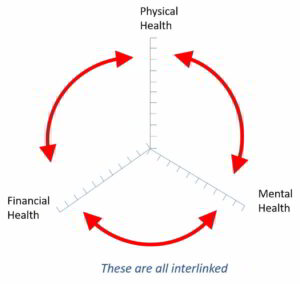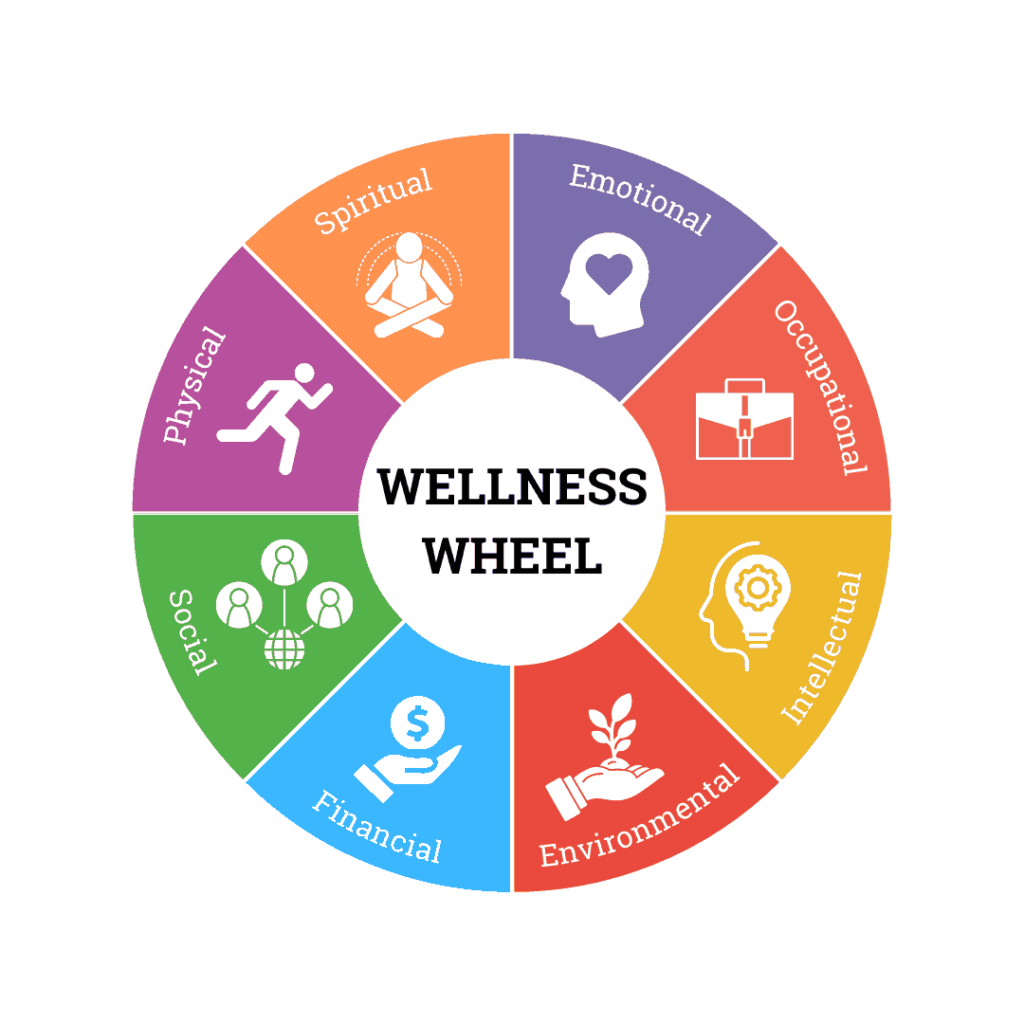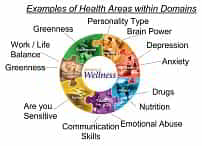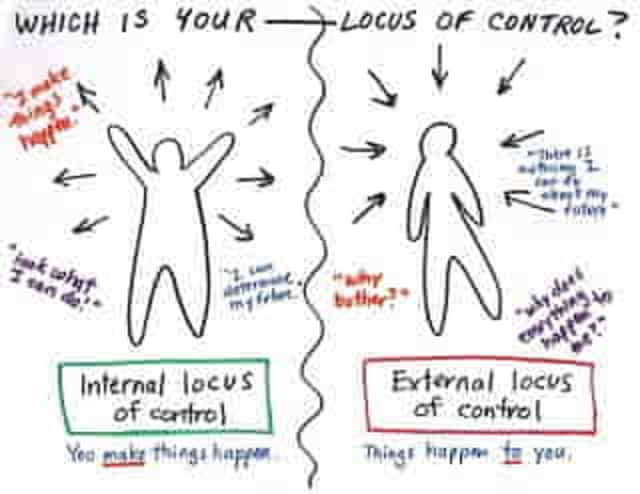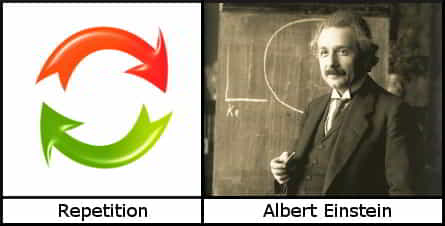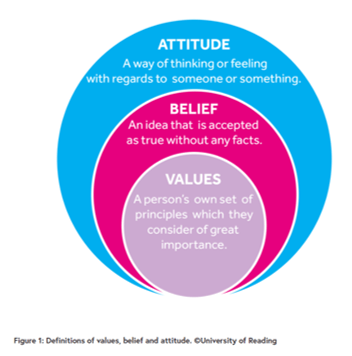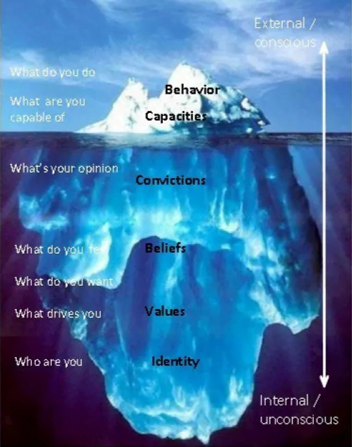Your Dashboard Tools
it's 21 Jan, 2025 9:56 pm
Stop Snoring exercise
field_5f0c304c72876 - is the title of the exercise
Exercise Summary
The following was published by Eric Suni on the Sleep Foundation website:
What Mouth Exercises Can Help Stop Snoring?
There are various types of exercises meant to strengthen the tongue, facial muscles, and throat through specific training techniques. Each of these exercises can be grouped together in various ways and performed two to three times per day.
Main Activity
Practice the exercises
Tongue Exercises
Tongue Exercise #1: Tongue Slide
Place the tip of your tongue against the back of your top front teeth. Slowly slide your tongue backward with the tip moving along the roof of your mouth. Repeat 5-10 times.
Purpose of exercise: This strengthens your tongue and throat muscles.
Tongue Exercise #2: Tongue Stretch
Stick out your tongue as far as you can. Try to touch your chin with your tongue while looking at the ceiling. Hold for 10 – 15 seconds and increase the duration gradually. Repeat 5 times.
Purpose of Exercise: Increase tongue strength
Tongue Exercise #3: Tongue Push Up
Stick your tongue upward against the roof of your mouth and press your entire tongue against it. Hold this position for 10 seconds. Repeat 5 times.
Purpose: Improve tongue and soft palate tone and strength
Tongue Exercise #4: Tongue Push Down
Put the tip of your tongue against your lower front teeth and then push the back of your tongue flat against the floor of your mouth. Hold this position for 10 seconds. Repeat 5 times.
Purpose: Improve tongue and soft palate tone and strength
Face Exercises
Mouth exercises engage your facial muscles to help prevent snoring. These exercises can be done several times per day.
Face Exercise #1: Cheek Hook
Use a hooked finger to lightly pull your right check outward, and then use your facial muscles to pull your cheek back inward. Repeat 10 times on each side.
Purpose: Assists in closure of mouth while breathing
Face Exercise #2:
Tightly close your mouth by pursing your lips. Then open your mouth, relaxing your jaw and lips. Repeat 10 times.
Purpose: Improves tone and strength of jaws and facial and throat muscles.
Breathing Through Your Nose
Practice breathing through your nose.
With your mouth closed and your jaw relaxed, inhale through your nose.
Then, take a finger or knuckle and close off one nostril.
Breathe out gently through the open nostril.
Do this about 10 times while alternating between nostrils.
You may even notice one nostril tends to be more congested than the other, and choose to work on breathing through the congested nostril.
Purpose: This exercise improves nasal breathing, which stabilizes the airway during sleep.
Pronouncing Vowel Sounds
Saying different vowel sounds involves the muscles in your throat, so deliberately repeating these sounds can help tone those muscles.
Repeat the vowel sounds a-e-i-o-u. Start by saying each normally, and then adjust how much you stretch out the sound or how rapidly you say the vowel. Repeat the same sound 10 or 20 times in a row, and then change to a different sound. You can combine sounds (such as ooo-aaah) and repeat those as well.
Singing
Singing activates multiple muscles in the mouth and throat and involves pronouncing diverse sounds, including vowels. Preliminary research has found that focused singing training may cut down on snoring. When singing, try to focus on repeating and forcefully pronouncing individual sounds rather than just singing normal lyrics.
When Should You See a Doctor About Snoring?
Some cases of snoring are an indicator of obstructive sleep apnea, an underlying sleep disorder. Sleep apnea can have serious health consequences if it goes undiagnosed and untreated.
If you have any of these risk factors it is important to talk with a doctor:
Snoring that resembles gasping, choking, or snorting
Notable daytime sleepiness or fatigue
Mood changes, slowed thinking, or reduced attention span
Morning headaches
High blood pressure
Obesity or recent weight gain
While mouth exercises are a promising home remedy, they aren’t a solution for all snoring or obstructive sleep apnea. Even when helpful, they may need to be combined with other treatments recommended by a doctor.
These mouth exercises are similar to exercises that are often done as part of speech therapy. People looking for specific advice on how to conduct these exercises can ask their doctor for a referral to a speech therapist or someone with experience in exercises to strengthen the mouth, tongue, and throat.
Video
Title
Summary
Play
Now you have to decide if you want this exercise to be part of your action plan.
If you don’t, then either hit the back arrow or click the button to go back to look at another exercise.
If you do, then carry on down the page and follow the instructions.
If you want to include this exercise in your action plan, select Yes from on the right then click the green button saying ‘Include this exercise’.
Sadly you’ll go back to the top of this page – please scroll down and fill in the bits that appear before here.
Add a comment
You can leave a comment below – we’ll get back to you.
